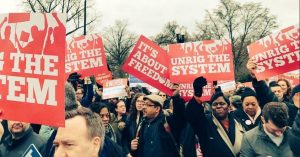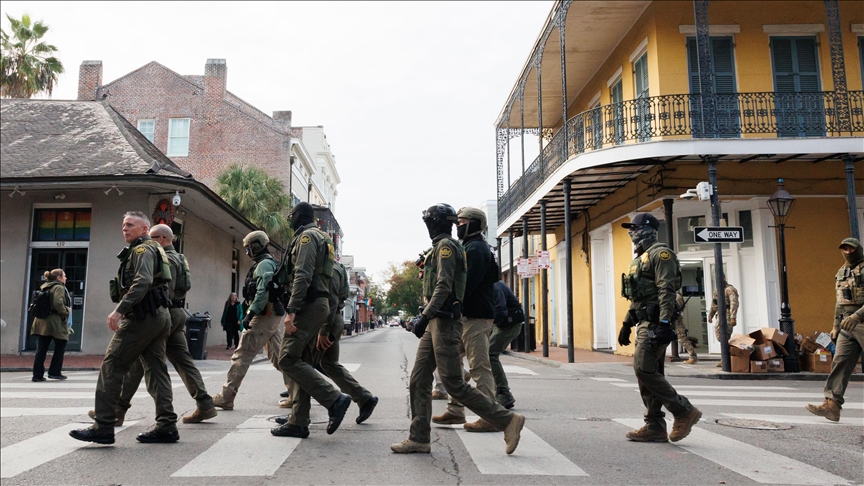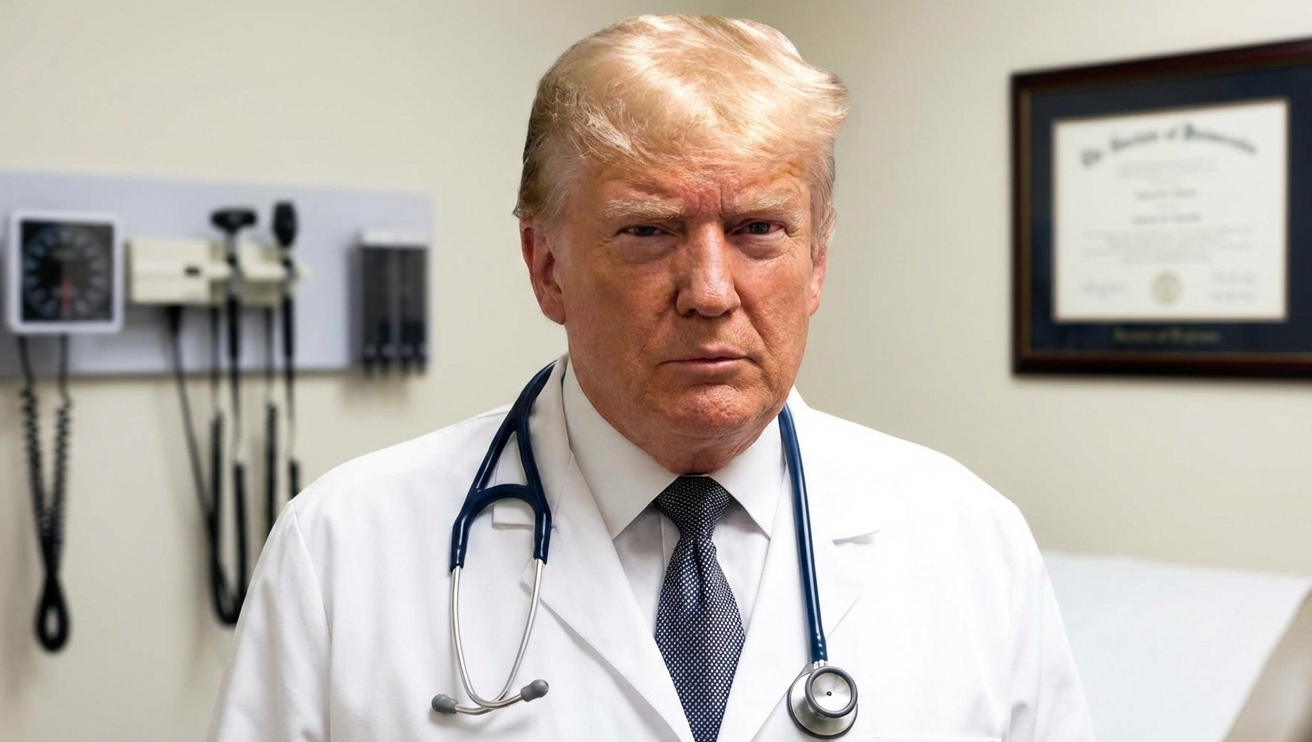(ThyBlackMan.com) More than 2,200 nurses at the University of Chicago Medical Center went out on strike last week, but they are not alone. American workers are waking up and walking out. On Sept. 15, 46,000 hourly General Motors’ United Auto Workers employees went on strike, the first time in 12 years. Striking British Airway pilots grounded 1,700 planes. In Republican states like Oklahoma and West Virginia, teachers shut down schools to demand that state legislatures reverse the deep cuts exacted from public education. Marriott hotels were hit with the largest hotel strike in U.S. history, a walkout of 6,000 hotel workers in four states.
The Bureau of Labor Statistics reports that a soaring number of workers went on strike or stopped work in 2018 — 485,000 — the most since 1986. The rising number of strikes reflect the reality of Trump’s economy: Despite all his boasting about the “economic miracle,” most workers aren’t experiencing it. Corporate profits have soared, but workers haven’t shared the benefit.
Trump’s tax scam went largely to the rich and the corporations. Corporate promises of wage and investment hikes were largely discarded, with CEOs using the tax breaks mostly to buy back stocks, boosting their stock bonuses and shafting their workers. Gilded age inequality is combined with rising insecurity for working people. 
Even now, wages have finally begun to rise, but still are not catching up to soaring costs in basics like health care and education. Just 22 percent of workers have a pension plan of any kind at work. 40 percent of Americans say they would be forced to borrow or sell something to cover a $400 emergency. One in five say they know someone addicted to opioids or painkillers. The GM strike comes after workers sacrificed big-time to help GM out of bankruptcy during the Great Recession. Now GM’s profits are up, CEO bonuses are up, but workers who shared the pain haven’t shared in the gain.
They are striking for decency, for higher wages, for strong health care plans, for turning more temporary workers — who get no benefits — into permanent workers with pensions, health care and vacations. The strike wave last year was led by teachers in deep red states. In each state, Republican legislatures had slashed spending on education during the Great Recession and cut taxes on the wealthy. When the economy turned around, they didn’t restore the spending cuts.
Teachers sick of futile negotiations with local school boards walked off the job and took their case directly to the legislatures. They demanded not only higher salaries, but in many cases, smaller classes, and greater spending on their students. They got massive support from parents and the community. In each case, right-wing state legislators were forced to respond by increasing spending, although not to the levels sought by the striking teachers. The wave of strikes is increasingly propelled by younger workers. Fight for $15, the movement to raise the minimum wage to $15 an hour, was led by young workers in fast-food restaurants and other service industries.
Young people, often burdened with college debt, entering workplaces characterized by wages and benefits that don’t keep up with costs, are particularly aware of how the economy has been rigged against them. Large majorities think CEOs are greedy and irresponsible. Large majorities think politicians have been corrupted by entrenched interests and big money. They are driving the demand for change. Smart business leaders are waking up to the fact that they are losing the support of Americans, particularly the young.
The Business Roundtable, a gathering of some of the most powerful CEOs in the country, recently called on corporations to move beyond a single focus on “shareholder value,” but also invest in their workers, protect the environment and deal ethically with suppliers and customers. Whether this is anything beyond a public relations gambit remains to be seen, but the mere fact that the CEOs thought it necessary to publicly release that statement likely suggests that they know they have gone too far. These stirrings are beginning to be reflected in our politics.
Trump, for all his populist posturing, remains oblivious, wedded to the conservative Republican agenda, opposed to unions, to raising the minimum wage, to investing in teachers, education and getting health care costs under control. But every leading Democratic contender for president champions worker power, calling for reforms to make it easier to organize, for lifting the minimum wage, for making vital public investments, and for cracking down on the entrenched interests that have rigged the economy against working people. The words of the old union ballad “Which Side Are You On?” once more echo across the country.
Written by Jesse L. Jackson, Sr.
Official website; http://twitter.com/revjjackson
















Leave a Reply